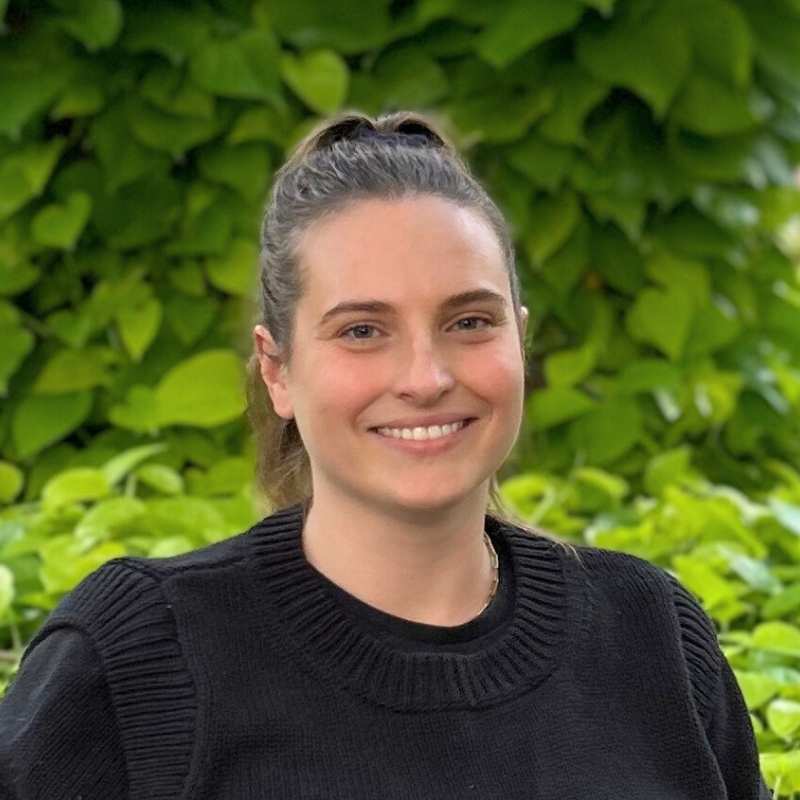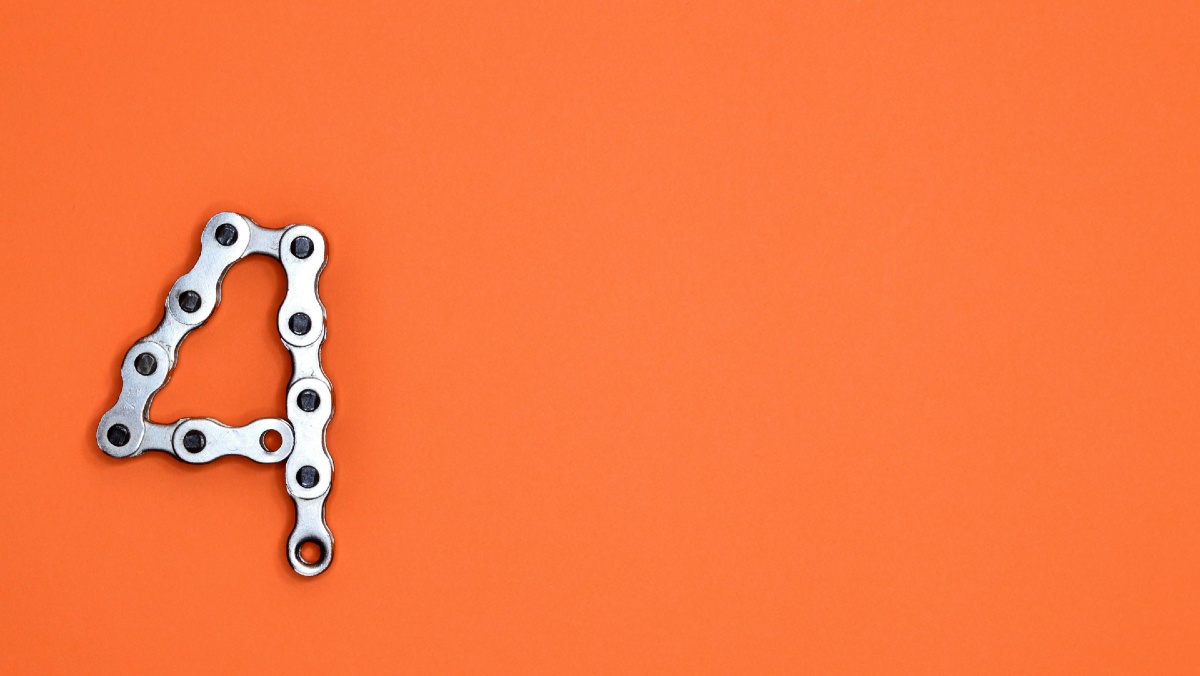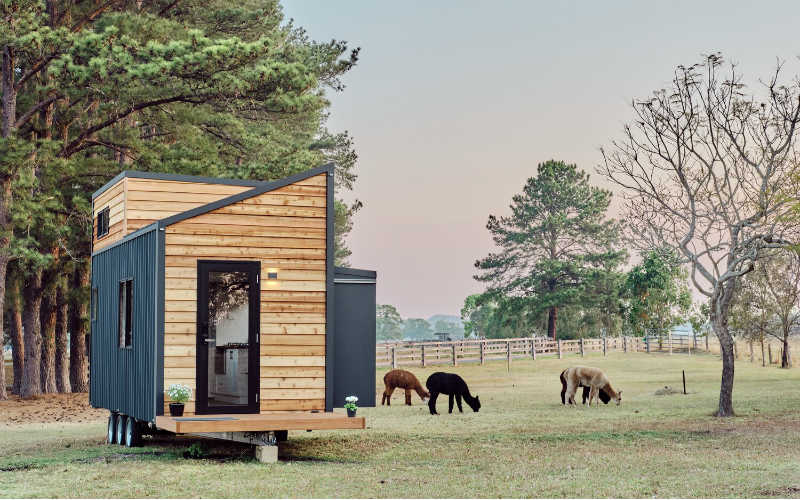We've all heard how hard it is for young Australians to buy their first property in today's market, given sky-high house prices, wage growth that isn’t keeping pace with inflation, and the ‘cozzie livs’ – that is, the cost of living crisis. So could saving for a housing deposit through your super fund make it any easier?
The First Home Super Saver scheme (FHSS) is a government scheme offered to first home buyers. It allows eligible Aussies making voluntary contributions into their super fund to later withdraw the majority of those additions and use them as a deposit on their first home.
First home buyers utilising the scheme can withdraw $15,000 deposited in any one financial year, up to a total of $50,000 per person. So if you're buying a house with a partner, you could withdraw a combined total of $100,000 (before tax) worth of voluntary contributions and associated earnings.
Putting some of your pre-tax salary into your super fund can also save you tax – a win-win for many future home owners. Contributions can be concessional (taxed at a discounted rate of 15%) and non-concessional (already taxed at your marginal rate).
Those partaking in the scheme can withdraw, within the above-mentioned limits:
- 100% of their non-concessional (after-tax) amounts
- 85% of eligible personal voluntary super contributions they’ve claimed a tax deduction for
- 85% of concessional amounts
Bear in mind that Australia's superannuation system allows a maximum of $27,500 to be contributed to your super at the concessional tax rate of 15% each year, which includes the minimum 11% super guarantee from your employer. Though, if you’ve neglected your super in recent years, you might be able to carry forward unused concessional contributions.
As an example of how concessional and guaranteed employer contributions work, let’s assume you earn $120,000 annually. That being the case, your employer will have to pay at least $13,200 (11% of your earnings) into your super fund each year. That means you can only contribute an extra $14,300 into your super at the concessional rate.
It’s also worth mentioning that the minimum super guarantee will be lifted by half a percentage point each year until it reaches 12% in 2025. That could impact your future contributions.
33,000 Aussies use the FHSS to get on the property ladder
While it's undoubtedly a complex scheme with plenty of ‘ifs', ‘buts', and ‘maybes’, droves of home buyers have turned to the FHSS.
Around 43,450 people requested their savings be released from their super fund under the scheme in the period between 1 July 2018 and 31 December 2022. Of those, around 33,750 successfully withdrew a total of $481.6 million to put towards a house deposit, according to data provided to Savings.com.au by an ATO spokesperson.
That equals an approximate average of $14,270 per person.
The most recent data covering a 12-month period relates to the 2021/2022 financial year. That year, around 12,460 people requested access to their super through the scheme, with around 9,540 of those finding success. They withdrew a total of $141.7 million – an approximate average of $14,853 per person.
The number of those unsuccessful in receiving access to their super might appear alarming to those considering using it, but there are a few simple explanations for the discrepancy.
Some likely applied to the scheme despite being ineligible. Others might have found their super fund didn’t release all the requested amount – perhaps because there was no money to withdraw or the fund's rules disallowed such a release.
Why use the FHSS?
It’s all about the tax savings, baby. Concessional super contributions are only taxed at 15%, as opposed to your marginal income tax rate, so salary sacrificing some of your pay into your super can save some serious coin.
Not to mention, you might also be able to withdraw earnings on those contributions. Thus, storing what’s expected to be your house deposit in your super account might mean you get out more than you put in. It’s worth noting that the earnings on the contributions you can withdraw are restricted and may not reflect your super fund’s returns.
However, when it comes to withdrawing these funds and associated earnings, the amount you pull for a house deposit will be subject to a ‘withdrawal tax’ equal to your marginal tax rate plus the Medicare levy, minus a 30% offset. This tax will be automatically taken from your withdrawal before you receive the cash.
So, if your marginal tax rate is 32.5% and the Medicare levy is 2%, your withdrawal will be subject to a tax of 4.5% (32.5% marginal rate plus 2% Medicare levy, minus 30% offset). That would come to a total of $2,250 on a $50,000 withdrawal.
While it's rarely fun to pay tax, such a rate is far more attractive than what’s typically paid on other earnings. For instance, interest from a savings account or capital gains earned through investing are both generally taxed at notably higher rates.
Advertisement
Buying a home or looking to refinance? The table below features home loans with some of the lowest interest rates on the market for owner occupiers.
| Lender | Home Loan | Interest Rate | Comparison Rate* | Monthly Repayment | Repayment type | Rate Type | Offset | Redraw | Ongoing Fees | Upfront Fees | Max LVR | Lump Sum Repayment | Extra Repayments | Split Loan Option | Tags | Features | Link | Compare | Promoted Product | Disclosure |
|---|---|---|---|---|---|---|---|---|---|---|---|---|---|---|---|---|---|---|---|---|
5.54% p.a. | 5.58% p.a. | $2,852 | Principal & Interest | Variable | $0 | $530 | 90% |
| Promoted | Disclosure | ||||||||||
5.49% p.a. | 5.40% p.a. | $2,836 | Principal & Interest | Variable | $0 | $0 | 80% |
| Promoted | Disclosure | ||||||||||
5.64% p.a. | 5.89% p.a. | $2,883 | Principal & Interest | Variable | $250 | $250 | 60% |
| Promoted | Disclosure | ||||||||||
5.64% p.a. | 5.89% p.a. | $2,883 | Principal & Interest | Variable | $248 | $350 | 60% |
| Disclosure |
How much does the FHSS give in returns?
Beyond your voluntary concessional and non-concessional super contributions, you can also withdraw the associated earnings through the FHSS. But the earnings tied to funds withdrawn under the FHSS don’t actually reflect those of the rest of your super balance.
Instead, the funds are ‘deemed’ to earn an annual return of the 90-day Bank Bill rate plus 3%. The resulting figure is known as the ‘shortfall interest charge’ (SIC) and it's updated quarterly. The current SIC rate (July-September 2023) is 6.9% – the highest its been in a decade.
Given that some balanced super funds have been known to achieve similar returns relatively consistently, 6.9% per annum mightn’t seem overly enticing. But it's all about perspective.
You’ll likely struggle to find a savings account or term deposit with an interest rate anywhere near that. In fact, Australia’s leading savings account offers 5.65% interest per annum right now.
Still, it's safe to say the potential tax savings generated through this scheme is the main attraction.
How much could you save with the FHSS?
According to the Government’s FHSS estimator, someone with a taxable income of $70,000 who salary sacrifices $15,000 a year into their super would reduce their take home pay by $9,650 annually.
That would see them with $25,867 available for a deposit after two years – $6,018 (or 30%) more than they would have had saved through a savings account paying 1% per annum in interest. The calculator also assumes a SIC rate of 4%.
Savers with their finger on the pulse will know such rates are markedly lower than current offerings. Though, they weren’t in mid-2022 – the calculator’s reference point.
For other incomes, salary sacrificing the same amount over two years generates different results, as the government’s estimator demonstrates:
|
FHSS $15,000 Annual Contribution For Two Years ($30,000 Total) |
|||
|
Taxable income |
Annual reduction to take home pay |
Deposit available after two years |
Additional savings* |
|
$40,000 |
$11,296 |
$27,128 |
$4,418 |
|
$50,000 |
$10,725 |
$26,227 |
$4,761 |
|
$60,000 |
$9,600 |
$25,711 |
$6,008 |
|
$70,000 |
$9,650 |
$25,867 |
$6,018 |
|
$80,000 |
$9,800 |
$26,000 |
$5,866 |
|
$90,000 |
$9,825 |
$26,000 |
$5,841 |
|
$100,000 |
$9,825 |
$26,000 |
$5,841 |
Source: CSC First Home Super Saver Scheme calculator *assuming a 1% p.a interest rate on a savings account
As you can see, not everyone can accelerate their savings by over 30% by contributing the maximum $15,000 each year over two years.
What about smaller, longer-term contributions?
The example above is based on contributing the maximum annual amount of $15,000 for two years until the limit of $30,000. This is hardly ideal for someone earning $40,000 a year, as this would reduce their annual take-home pay by more than $11,000 (over $200 less per week).
People in the lower income brackets might want to consider taking their time and contributing smaller amounts over a longer period of time. We used the same estimator for $6,000 in annual concessional contributions over five years to see the difference it would make to a person's savings compared to a 1% p.a. savings account.
|
FHSS $6,000 Annual Contribution For Five Years ($30,000 Total) |
|||
|
Taxable income |
Annual reduction to take home pay |
Deposit available after five years |
Additional savings* |
|
$40,000 |
$4,615 |
$27,996 |
$4,866 |
|
$50,000 |
$3,940 |
$27,275 |
$7,042 |
|
$60,000 |
$3,840 |
$27,450 |
$7,321 |
|
$70,000 |
$3,890 |
$27,612 |
$7,059 |
|
$80,000 |
$3,930 |
$27,612 |
$7,018 |
|
$90,000 |
$3,930 |
$27,612 |
$7,018 |
|
$100,000 |
$3,930 |
$27,612 |
$7,018 |
Source: CSC First Home Super Saver Scheme calculator *assuming a 1% p.a interest rate on a savings account
As the above chart shows, it's not just lower income earners that more spread-out contributions appear to benefit. Slow and steady may just win the race when it comes to using the FHSS.
Who can use the First Home Super Saver scheme?
As you may have already assumed, you can only make contributions and withdrawals via the FHSS if you've never owned a property in Australia before. The scheme's not designed to help you add a fourth investment property to your portfolio.
But there is one exception. If you have lost ownership of a previous property due to bankruptcy, divorce or relationship breakdown, loss of employment, a natural disaster or another particular reason, you might also be eligible under the financial hardship provision. You can apply for the provision through myGov or by filling out an application form via the ATO.
You must also intend to live in the property for at least six of the first 12 months you own it and be over the age of 18 in order to request a withdrawal. Although you can start making contributions at any age. And, perhaps unsurprisingly, you also need to be a member of a registered super fund in Australia.
Importantly, the FHSS is independent of other concessions for first home buyers, such as the First Home Owner's Grant, so you aren't limited to one or the other.
Eligibility
To be eligible for the FHSS scheme, you must:
-
Be at least 18 years of age
-
Never have owned a property in Australia, including a home, investment property, vacant land or company title interest in land, or
-
Be accepted under the financial hardship provision
-
Live in the property for at least six of the first 12 months of ownership, or after it is practical to move in
-
Never have applied for the scheme previously
What properties can be purchased with the scheme?
Vacant land isn’t eligible for the FHSS scheme. However, if you’re building your own home, the building contract is eligible. Those building their first home need to put their super withdrawal towards this, not the deposit on their block of land.
Some types of living quarters are also ineligible for the scheme, such as houseboats and motor homes.
You have 12 months to buy a home
After your contributions are released, you have 12 months to purchase your own home or sign a contract to build. When you do so, you must notify the ATO within 28 days.
If you don’t meet this requirement, you can re-contribute the funds to your super fund or take a one-year extension. Alternatively, you can keep the money and pay an additional 20% tax on the amount released through the scheme.
Pros and cons of the First Home Super Saver scheme
Pros
-
You can save thousands in tax
-
You and your partner can both utilise the FHSS towards the same house, rolling the funds into the same deposit
-
FHSS funds earn at the SIC rate (6.9% p.a. at the moment), which is higher than you can currently earn through a savings account or term deposit
-
The amount you can withdraw isn't affected by falling markets (so long as there's enough to withdraw)
-
After withdrawal, you have up to 12 months to purchase a home with the funds (can be extended by another 12 months)
Cons
-
The scheme is subject to legislative changes – the rules may change from one year to the next
-
By salary-sacrificing, you'll have less take-home pay
-
It can be a slow process. The ATO states that, in most cases, super funds take 15 to 25 business days release your contributed cash – enough time to potentially miss out on your dream home!
-
You have to pay a 20% FHSS tax if you sign a contract to buy or build more than 14 days before you request the release of your FHSS amounts
-
The maximum of $50,000 a single person can contribute may not be enough to cover a deposit if you want to avoid Lenders' Mortgage Insurance (LMI). Unless you find a property going for less than $250,000, then $50,000 won’t be enough to see you boasting a loan-to-value (LVR) ratio below 80%
-
Returns are restricted to the SIC rate (6.9% p.a. at the moment), which could be low compared to the performance of a balanced super fund
-
If you owe money to the ATO or another Commonwealth agency, your FHSS release amount may be offset against this debt. That may be the case even if the offset reduces your requested withdrawal to zero
Savings.com.au's two cents
Compared to the First Home Owner’s Grant, the FHSS might not seem like much. A grant could land you $10,000 to $30,000, depending on your state. Whereas the FHSS may only boost your deposit by several thousand after a couple of years of salary sacrificing and reduce your super balance.
On the other hand, the grants are limited to one per household, whereas the FHSS can be used by two people. Considering it now takes around five years for Australian couples to save a home deposit, boosting your savings by utilising the scheme might be a smart way to go.
Given this scheme can be quite complicated, you may want to consider speaking to a financial adviser to see if the FHSS is the right option for you.
Article first published May 10, 2021 by William Jolly. Last updated July 25, 2023 by Brooke Cooper.
First published on May 2022
Photo by Kelly Sikkema on Unsplash

Ready, Set, Buy!
Learn everything you need to know about buying property – from choosing the right property and home loan, to the purchasing process, tips to save money and more!
With bonus Q&A sheet and Crossword!







 Harry O'Sullivan
Harry O'Sullivan

 Denise Raward
Denise Raward

 Rachel Horan
Rachel Horan

